Picture this: astronauts floating in the void of space, their spacecraft powered by massive solar panels stretching like metallic wings against the cosmic backdrop. What you’re witnessing isn’t just science fiction—it’s the result of one of history’s most unexpected technology transfers. The fierce competition between superpowers to conquer space accidentally sparked a revolution in how we harness the sun’s energy here on Earth. This wasn’t planned, and it certainly wasn’t obvious at the time, but the desperate need to power satellites and spacecraft led to breakthroughs that would eventually light up entire cities.
When Satellites Needed Power Beyond Earth’s Reach

The year was 1958, and the Soviet Union had just shocked the world with Sputnik. American engineers were scrambling to catch up, but they faced a crushing problem: how do you power a satellite when it’s spinning through the darkness of space? Traditional batteries would die within weeks, and nuclear power was too dangerous and heavy for these early missions.
Bell Labs had been quietly experimenting with silicon solar cells since the 1950s, but these devices were incredibly expensive and inefficient. Most people saw them as curious laboratory toys with no practical application. The space program changed everything overnight—suddenly, cost became secondary to survival.
Silicon Dreams and Space Station Realities

The Vanguard 1 satellite, launched in March 1958, became the first spacecraft to use solar power in space. Its tiny solar panels generated just one watt of electricity, but they kept the satellite’s radio transmitter alive for over six years. Back on Earth, that same amount of solar power would have cost thousands of dollars—completely impractical for terrestrial use.
What made space different was the absence of atmosphere. Without air molecules scattering sunlight, solar panels in space received nearly 40% more energy than their Earth-bound counterparts. This efficiency boost made the expensive technology suddenly worthwhile, even if it cost more per watt than gold.
The Economics of Desperation Drive Innovation
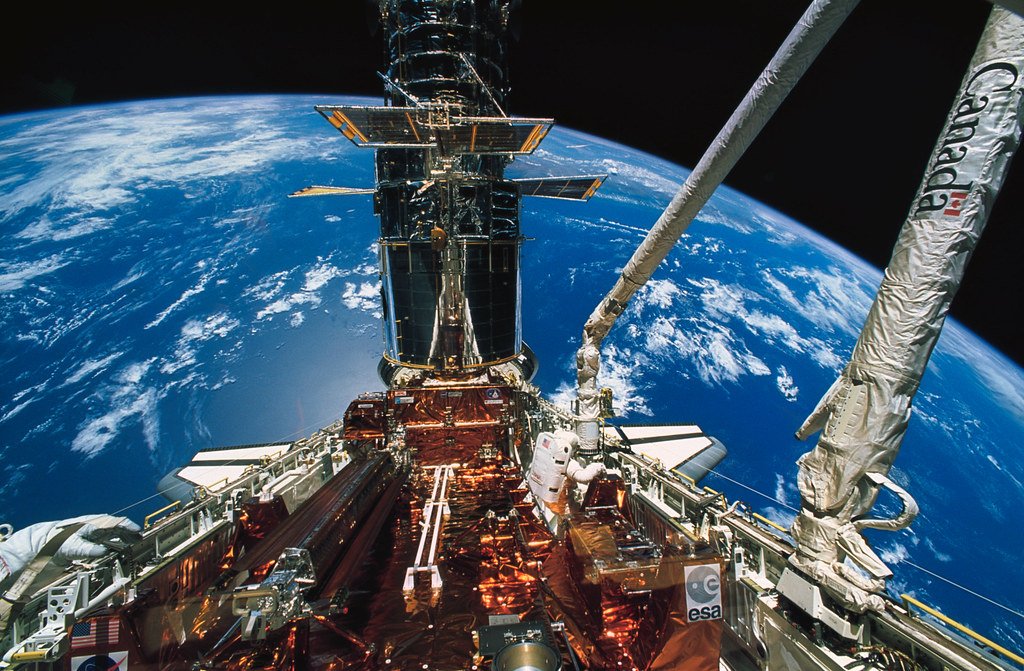
Space agencies didn’t care about cost—they cared about mission success. This created a unique economic environment where performance mattered more than price, allowing solar technology to develop without the usual market pressures. Engineers could focus on making panels more efficient and reliable rather than cheaper.
The Apollo program alone consumed massive quantities of solar cells, creating the first real market for photovoltaic technology. Companies like Hoffman Electronics and Centralab suddenly found themselves with steady customers willing to pay premium prices for cutting-edge solar panels. This demand funded research that would have been impossible to justify for earthbound applications.
By the mid-1960s, space-grade solar panels were achieving efficiencies of 14%—double what they had been just a decade earlier. The technology was evolving at breakneck speed, driven by the relentless demands of the space race.
From Orbital Labs to Oil Crisis Solutions
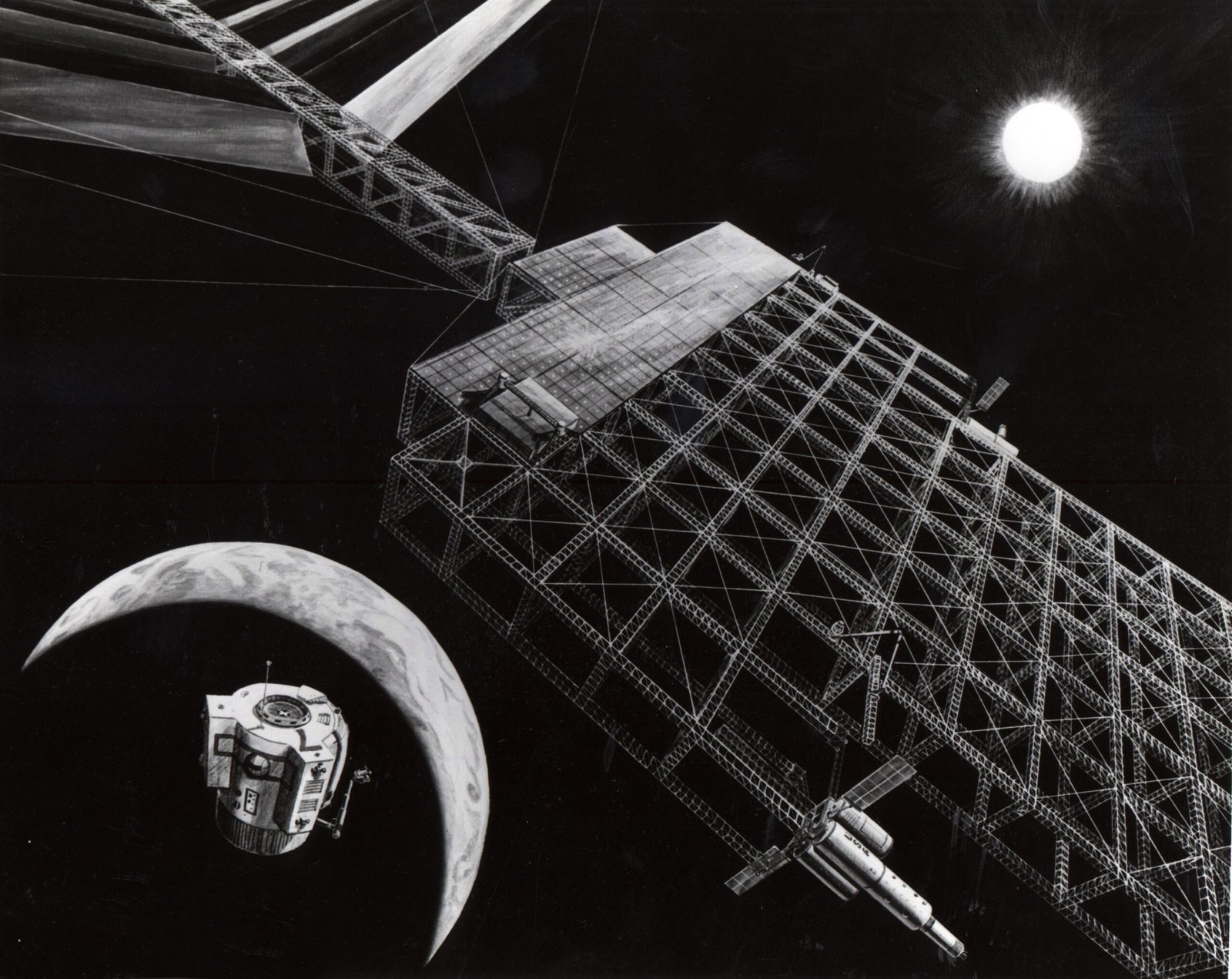
The 1973 oil embargo hit like a thunderbolt, quadrupling oil prices overnight and sending shockwaves through global economies. Suddenly, alternative energy sources didn’t seem so far-fetched. Solar power, which had been quietly improving in space for fifteen years, was ready for its earthbound debut.
The timing was perfect. Solar panel prices had dropped from $300 per watt in 1956 to around $100 per watt by 1973—still expensive, but no longer completely prohibitive. The infrastructure and manufacturing knowledge developed for space applications provided a foundation for terrestrial solar power that would have taken decades to develop otherwise.
Satellite Solar Farms Inspire Earth-Based Giants
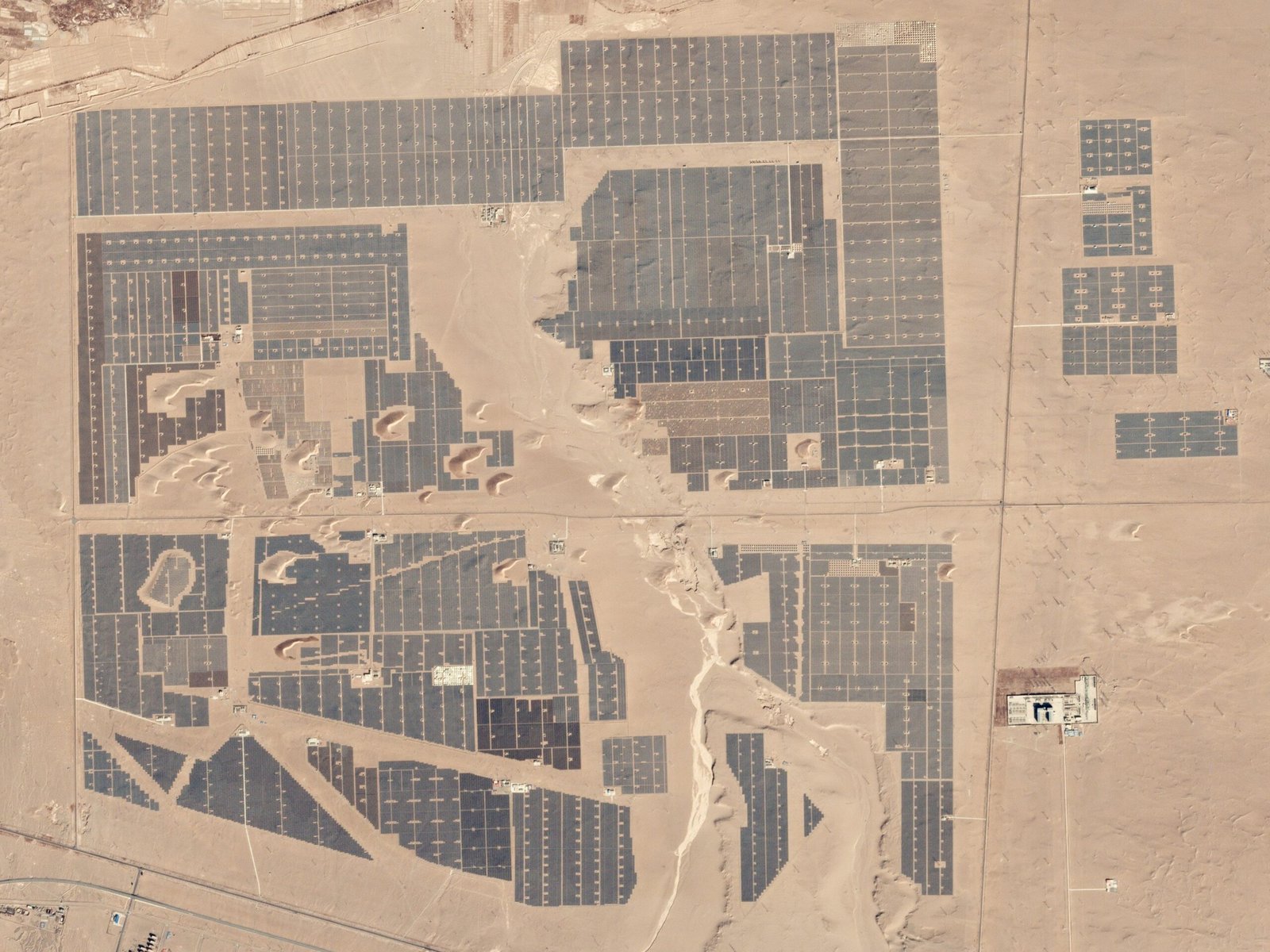
Engineers working on space missions began dreaming bigger. If solar panels could power satellites, why not entire cities? The concept of satellite solar power stations—massive arrays that would beam energy back to Earth via microwaves—captured imaginations in the 1970s and 80s.
While these orbital power stations remain largely theoretical, the research conducted to develop them accelerated terrestrial solar technology. Scientists learned how to manufacture larger panels, improve efficiency, and reduce costs. The knowledge gained from trying to power space colonies directly benefited homeowners installing rooftop solar systems.
Peter Glaser, who proposed the first serious satellite solar power system in 1968, later worked on ground-based solar installations. His space-inspired designs influenced the layout of modern solar farms, which often resemble scaled-down versions of his orbital concepts.
Military Space Programs Push Panel Durability

Military satellites face unique challenges that civilian spacecraft don’t encounter. They must operate in hostile environments, survive potential attacks, and function reliably for decades without maintenance. These requirements pushed solar panel technology toward unprecedented levels of durability and efficiency.
The lessons learned from hardening solar panels against radiation and micrometeorites translated directly to making them more resistant to Earth’s weather. Panels designed to survive in space could easily handle hailstorms, high winds, and temperature extremes on Earth. This durability made solar power a more attractive investment for terrestrial applications.
Space-Grade Materials Revolutionize Earth Applications
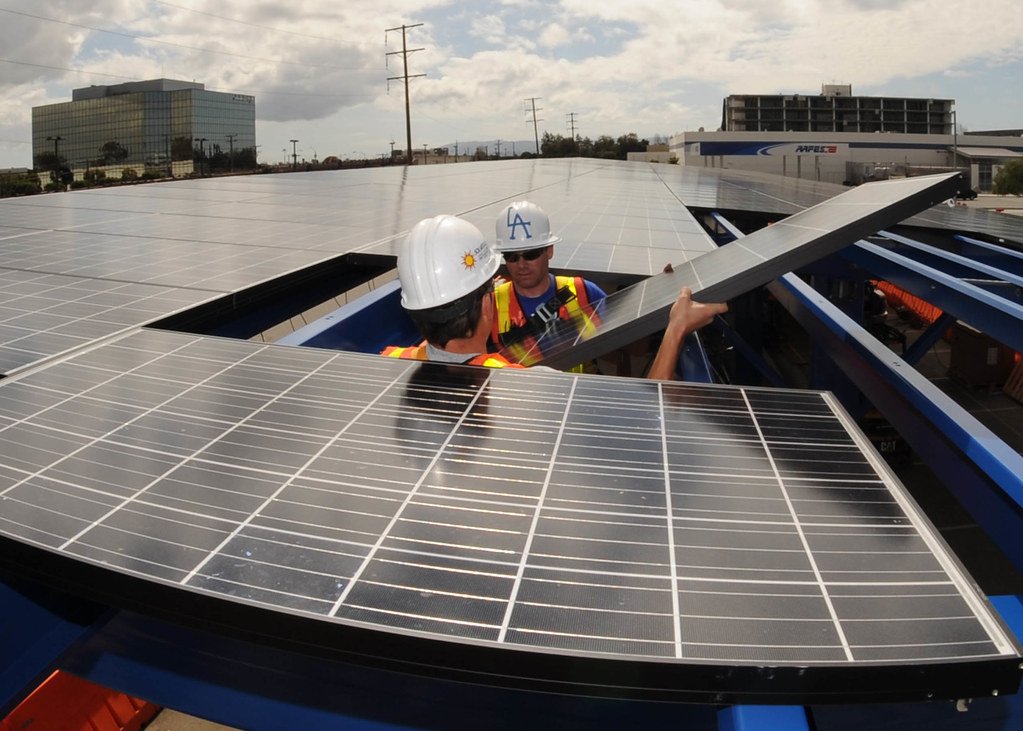
The exotic materials developed for space solar panels—from specialized silicon compounds to advanced anti-reflective coatings—eventually found their way into consumer products. Gallium arsenide cells, originally designed for space missions requiring maximum efficiency, now power everything from satellites to solar cars.
Concentration photovoltaics, which use mirrors or lenses to focus sunlight onto small, highly efficient cells, evolved from space applications where every gram of weight mattered. These systems achieve efficiencies above 40% in laboratory conditions, far exceeding traditional silicon panels.
Even the aluminum frames and tempered glass used in modern solar panels owe their design to space technology. The need to create lightweight, strong structures for spacecraft led to manufacturing techniques that made terrestrial solar installations more practical and affordable.
Micro-Satellites Spark the Modern Solar Revolution
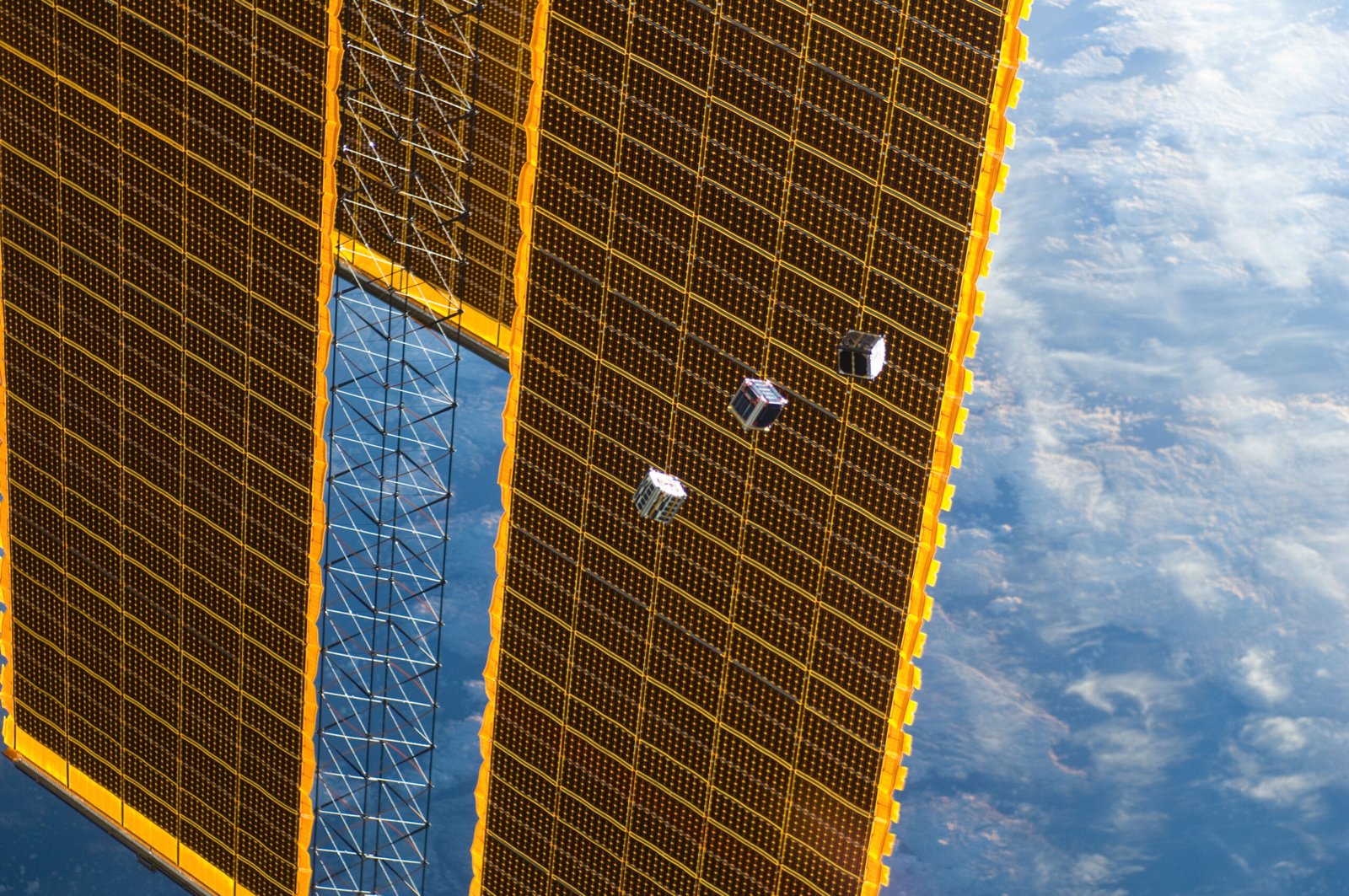
The rise of small satellites in the 1990s and 2000s created new demands for compact, efficient solar panels. CubeSats, tiny spacecraft weighing just a few kilograms, needed power systems that were both miniaturized and incredibly efficient. This drove innovations in flexible solar films and lightweight panel designs.
These advances directly benefited portable solar applications on Earth. The same technology that powers smartphone-sized satellites now charges your phone during camping trips. Flexible solar panels that can conform to curved spacecraft surfaces also work perfectly on backpacks, tents, and irregular building surfaces.
The mass production of small satellite solar panels also helped drive down costs for all solar applications. When companies like Planet Labs launched fleets of hundreds of small satellites, they created economies of scale that benefited the entire solar industry.
Mars Missions Teach Us About Dust and Maintenance
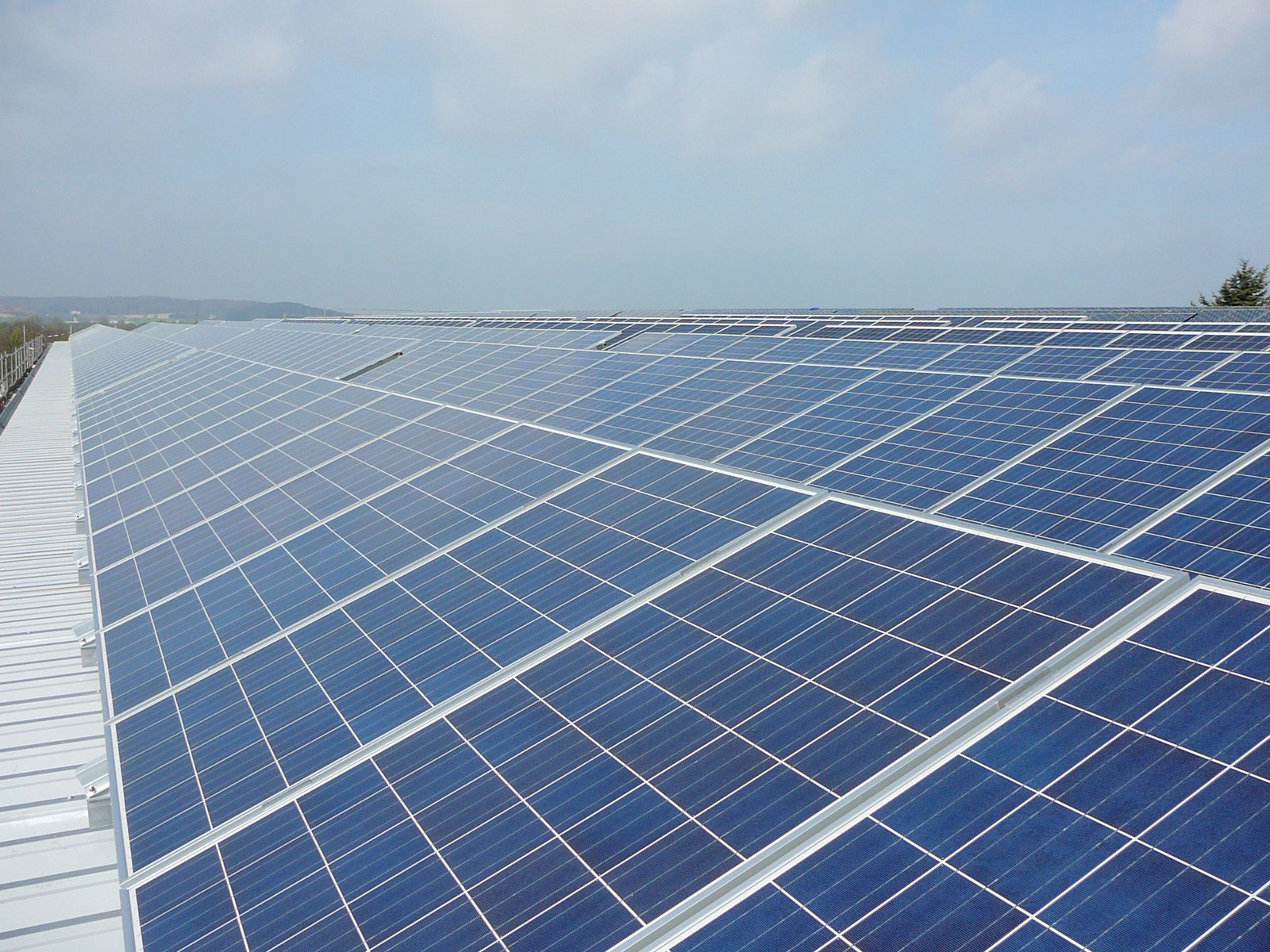
The Mars rovers Spirit and Opportunity were designed to operate for just 90 days, but they survived for years thanks to unexpected help from Martian dust storms. These storms actually cleaned their solar panels, providing valuable lessons about self-cleaning technologies that could benefit Earth-based installations.
Research into keeping solar panels clean on Mars led to the development of self-cleaning coatings and automated cleaning systems for terrestrial solar farms. Desert installations, which face similar dust challenges to Mars, now use techniques originally developed for planetary exploration.
The extreme temperature variations on Mars also taught engineers how to design panels that maintain efficiency across wide temperature ranges. This knowledge proved invaluable for solar installations in extreme climates on Earth, from desert regions to arctic research stations.
International Space Station: A Solar Power Testing Ground

The International Space Station represents one of the largest solar power installations ever built, with arrays capable of generating 120 kilowatts of electricity. These massive panels, which span the length of a football field, serve as a real-world laboratory for advanced solar technologies.
The ISS has tested everything from flexible solar blankets to advanced battery storage systems. Many of these technologies have been adapted for use in terrestrial solar installations, particularly in remote areas where reliability is crucial. The station’s power management systems have influenced the design of modern solar microgrids.
Living and working on the ISS has also taught engineers about the practical challenges of maintaining solar installations in harsh environments. These lessons have improved the design of ground-based solar systems, making them more reliable and easier to maintain.
Lunar Solar Power Drives Next-Generation Research

Plans for permanent lunar bases have sparked research into solar power systems that can operate in the moon’s extreme environment. These systems must survive temperature swings from -230°F to 250°F and function during the lunar night, which lasts two weeks.
The solutions being developed for lunar solar power—including advanced energy storage systems and radiation-resistant materials—are finding applications in Earth-based solar installations. Concentrated solar power systems with molten salt storage, originally designed for space applications, now provide power to cities even after sunset.
The moon’s lack of atmosphere means that solar panels there receive unfiltered sunlight, making efficiency paramount. Research into ultra-high-efficiency cells for lunar applications continues to push the boundaries of what’s possible for terrestrial solar power.
Commercial Space Industry Accelerates Solar Innovation
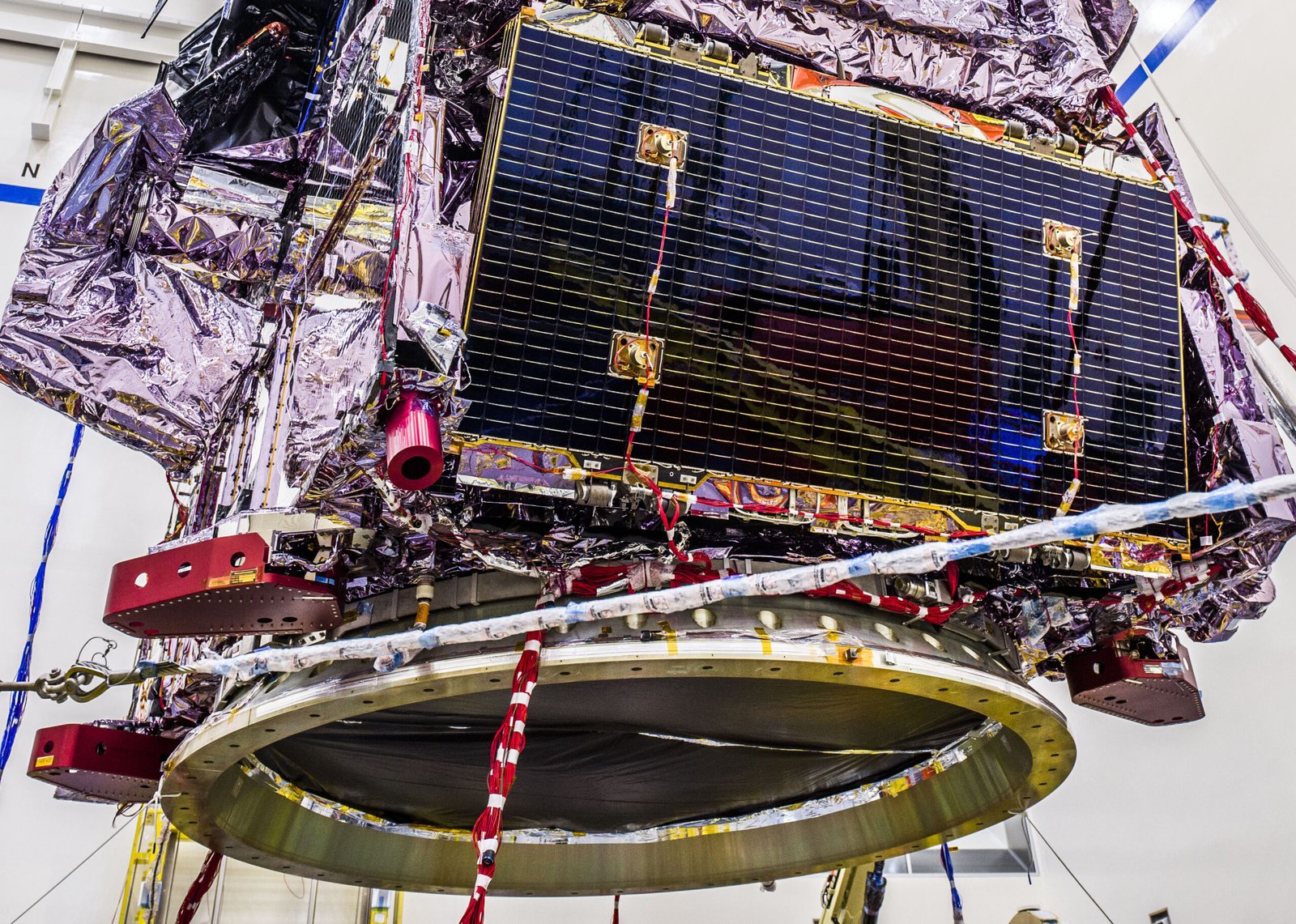
The emergence of private space companies like SpaceX, Blue Origin, and Virgin Galactic has created a new market for solar technology. These companies need reliable, cost-effective power systems for their spacecraft, driving innovation in ways that government programs alone never could.
SpaceX’s Starship, designed for missions to Mars, will require massive solar arrays to power its life support systems during the journey. The company’s approach to reusable spacecraft has also influenced thinking about modular, repairable solar installations on Earth.
Commercial satellite constellations like Starlink have created unprecedented demand for small, efficient solar panels. The economies of scale from producing thousands of identical panels for these constellations have helped drive down costs for all solar applications.
Space Mining and the Future of Solar Materials
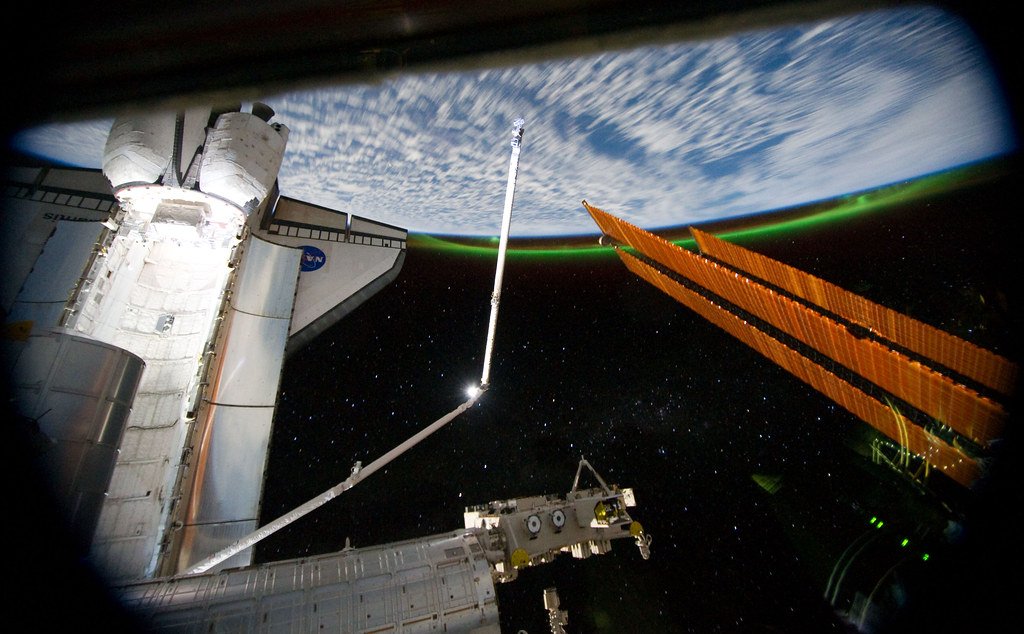
The prospect of mining asteroids for rare earth elements could revolutionize solar panel manufacturing. Many of the materials used in high-efficiency solar cells—including gallium, indium, and germanium—are relatively rare on Earth but abundant in space.
Space-based manufacturing could also enable the production of solar panels in zero gravity, potentially creating more perfect crystal structures than possible on Earth. While still theoretical, this possibility drives research into advanced manufacturing techniques that could benefit terrestrial solar production.
The need to refine materials in space has led to research into simpler, more robust solar cell designs that could be manufactured with minimal equipment. These designs often prove more cost-effective for Earth applications as well.
Climate Change and Space: A Solar Symbiosis
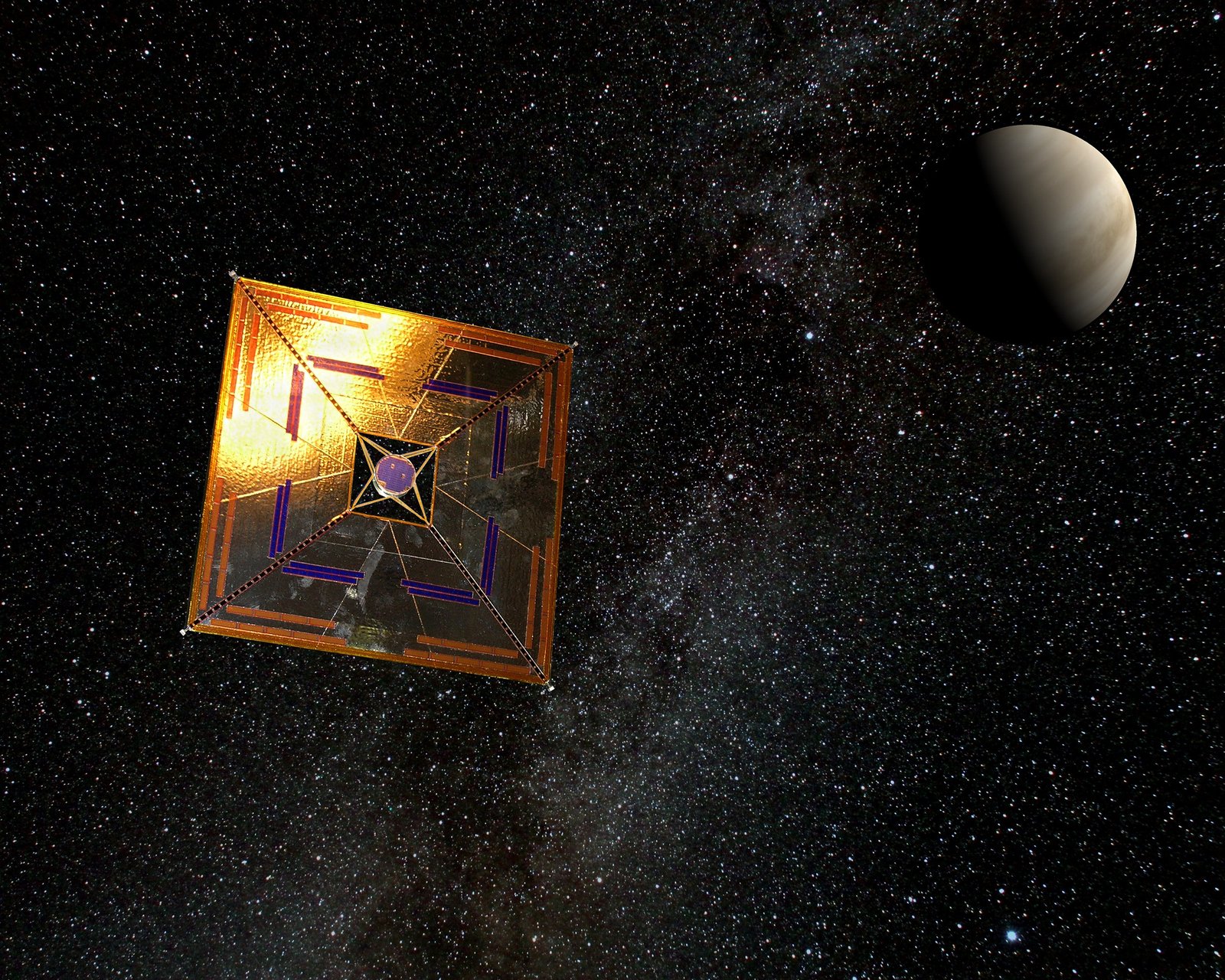
Earth observation satellites powered by solar panels have become crucial tools for monitoring climate change. These spacecraft track deforestation, measure ice sheet thickness, and monitor atmospheric conditions—all while demonstrating the reliability of solar power in harsh environments.
The data collected by these solar-powered satellites has helped refine climate models and identify optimal locations for terrestrial solar installations. Weather satellites can predict cloud cover patterns, helping solar farm operators optimize their electricity generation and storage strategies.
The success of solar power in space has also provided compelling evidence for its potential on Earth. When solar panels can reliably power critical infrastructure in the hostile environment of space, their viability for terrestrial applications becomes undeniable.
Space Tourism and Personal Solar Technology

The emerging space tourism industry is driving demand for lightweight, efficient personal solar devices. Spacecraft designed to carry paying passengers need power systems that are both reliable and compact, pushing the boundaries of miniaturization.
These advances are filtering down to consumer electronics and portable solar chargers. The same technology that might power a space tourist’s life support system could soon charge your electric vehicle or power your home during an outage.
The psychological impact of space tourism may also boost public interest in solar power. When ordinary citizens can see Earth from space and witness the sun’s incredible power firsthand, they return with a new appreciation for solar energy’s potential.
Quantum Dots and Space-Age Solar Cells
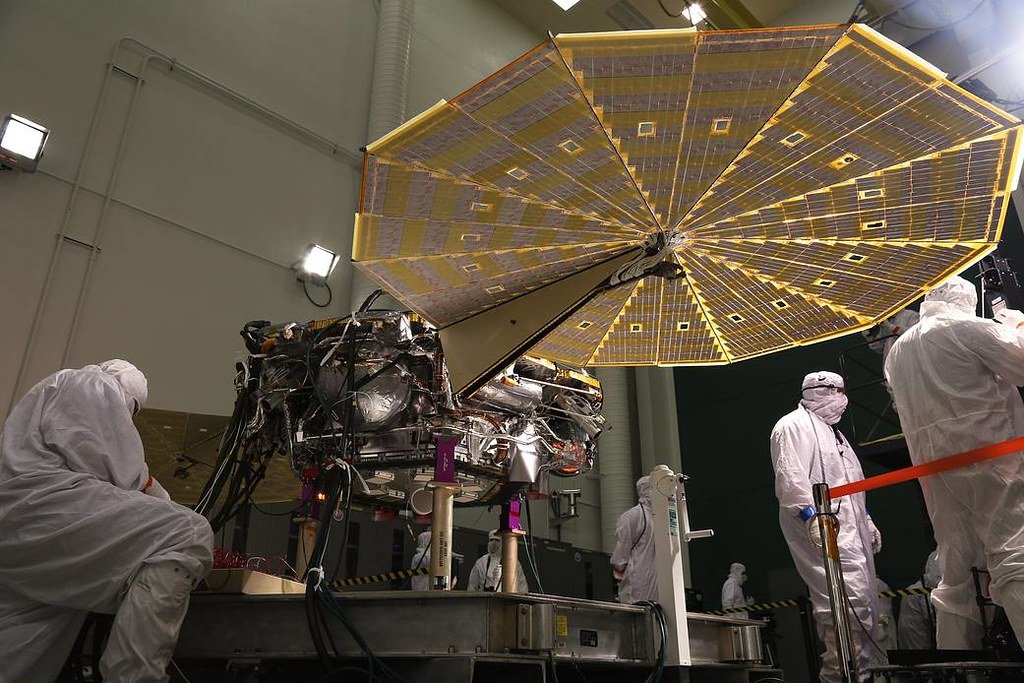
Advanced solar cell technologies being developed for space applications are beginning to find terrestrial uses. Quantum dot solar cells, which can theoretically achieve efficiencies above 60%, were originally designed for deep space missions where every photon counts.
These cells work by using tiny semiconductor particles to absorb light across a broader spectrum than traditional silicon cells. While still expensive, they’re becoming practical for specialized applications on Earth, particularly in areas with limited sunlight.
Multi-junction solar cells, which stack different materials to capture different wavelengths of light, were perfected for space applications before being adapted for terrestrial use. These cells now power everything from satellites to solar racing cars.
Wireless Power Transfer: From Space to Earth

The concept of beaming power from space to Earth using microwaves has driven research into wireless power transfer technology. While orbital power stations remain elusive, the underlying technology has found numerous earthbound applications.
Wireless charging systems for electric vehicles and consumer electronics trace their ancestry to space-based power transmission research. The same principles that could theoretically beam power from satellites to Earth now charge your smartphone wirelessly.
Solar panel installations are increasingly incorporating wireless monitoring systems that report performance data without physical connections. This technology, originally developed for spacecraft that needed to communicate with Earth, now helps optimize solar farm operations.
Artificial Intelligence and Space Solar Management

Managing solar power systems on spacecraft requires sophisticated artificial intelligence, since ground control can’t make real-time adjustments during missions to distant planets. These AI systems must optimize power generation, storage, and distribution automatically.
The same AI technologies are now being applied to terrestrial solar installations. Smart inverters can predict weather patterns, adjust panel angles for maximum efficiency, and even trade excess electricity on energy markets. These systems learned their fundamental skills in the unforgiving environment of space.
Machine learning algorithms originally designed to extract maximum power from degraded space solar panels now help maintain efficiency in Earth-based installations. They can detect failing cells, predict maintenance needs, and optimize performance across thousands of panels simultaneously.
The space race inadvertently created the foundation for our modern solar revolution. What began as a desperate need to power satellites has evolved into a technology that could fundamentally reshape how we generate electricity on Earth. From the first tentative solar cells on Vanguard 1 to the massive arrays powering the International Space Station, space exploration has consistently pushed solar technology beyond what anyone thought possible. The lessons learned from powering humanity’s greatest adventures continue to influence how we harness the sun’s energy in our daily lives. As we stand on the brink of returning to the moon and venturing to Mars, the next chapter in this unexpected partnership between space exploration and solar power is just beginning. What breakthrough will emerge next from humanity’s quest to touch the stars?




